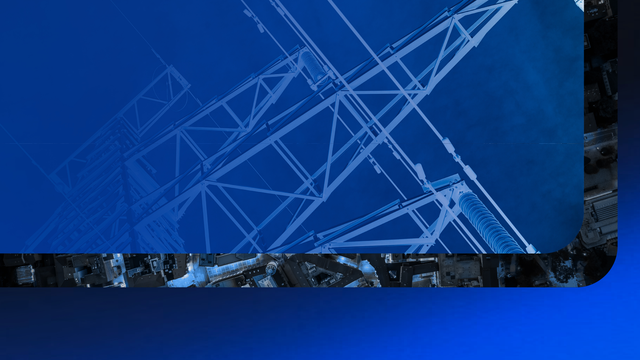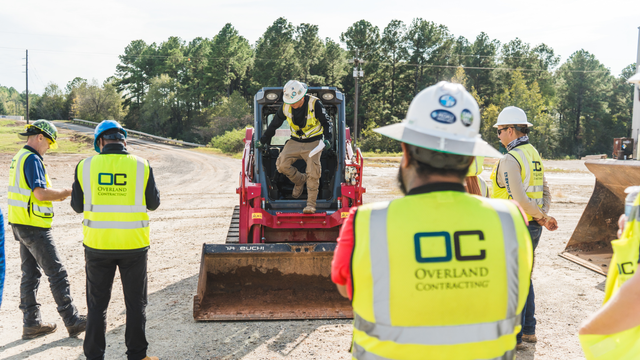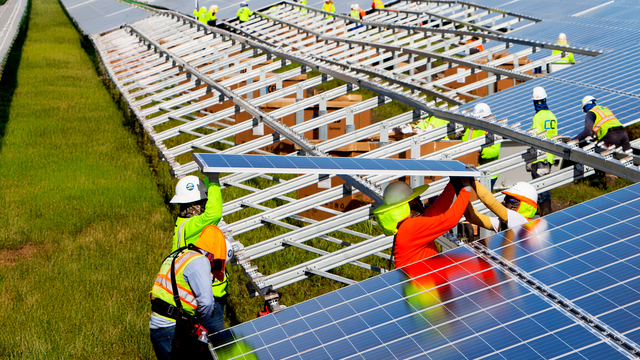At least those it can find. As they pressed for more details before undertaking the project’s task of burying cable four to five feet deep, Black & Veatch crew leaders grew more unsettled by the unknowns of what else lies beneath, always suspecting there was more.
In that small town, the person with the best handle on it all had retired, taking that intimate knowledge with him. Answers from other locals were vague: “We saw the gas line go in 20 years ago, but we don’t know exactly where,” the conversation typically went. Even the expected depths of utility lines often proved inaccurate because years of soil erosion from farm fields, in some areas, reduced the depth by as much as two feet.
The push for answers — and safety — prompted Black & Veatch to first use potholing before enlisting GPR, and it paid off.
GPR-equipped buckets proactively bought by the company pinpointed at least eight buried assets previously undetected, averting potentially disastrous strikes.
Although one such line was an obsolete gas main, trapped gas inside it was leaking and still volatile in the event of inadvertent contact. Other gas lines zigzagging beneath were active, along with a sewer line the utility wasn’t aware existed. A gas line that was supposed to be 10 feet below was just half that depth, making it vulnerable to accidentally being hit by crews laying cable.
A commitment to safety: why GPR transforms jobsite risk management
At the highest levels of Black & Veatch’s leadership, there’s a mantra: Nothing is so urgent that the company’s crews can’t take the time to do it safely. The company’s migration to GPR epitomizes that, knowing that using the technology may take more time but is worth any inconvenience.
“We want people to go home the way they came in — maybe a little dirtier and more tired, but safe,” said Mary Korte, a Black & Veatch construction support operations manager for renewable energy, focusing mostly on pre-mobilization. “To take the time to do it right, ensure we’re not going to get someone hurt, not impact the community and keep people working, that’s what it’s about.”
“The intent here is this isn’t a one-off,” Ben Anderson, a Black & Veatch project manager for solar energy project, added of the company’s leveraging of GPR. “We saw the value, and the client saw it and was extremely happy with the results.
“The reality is that if we hit a gas line and it exploded, there’s no telling how much that would cost us financially, reputationally, people getting hurt or killed. Can’t really put a price on people going home the way they came in.”







